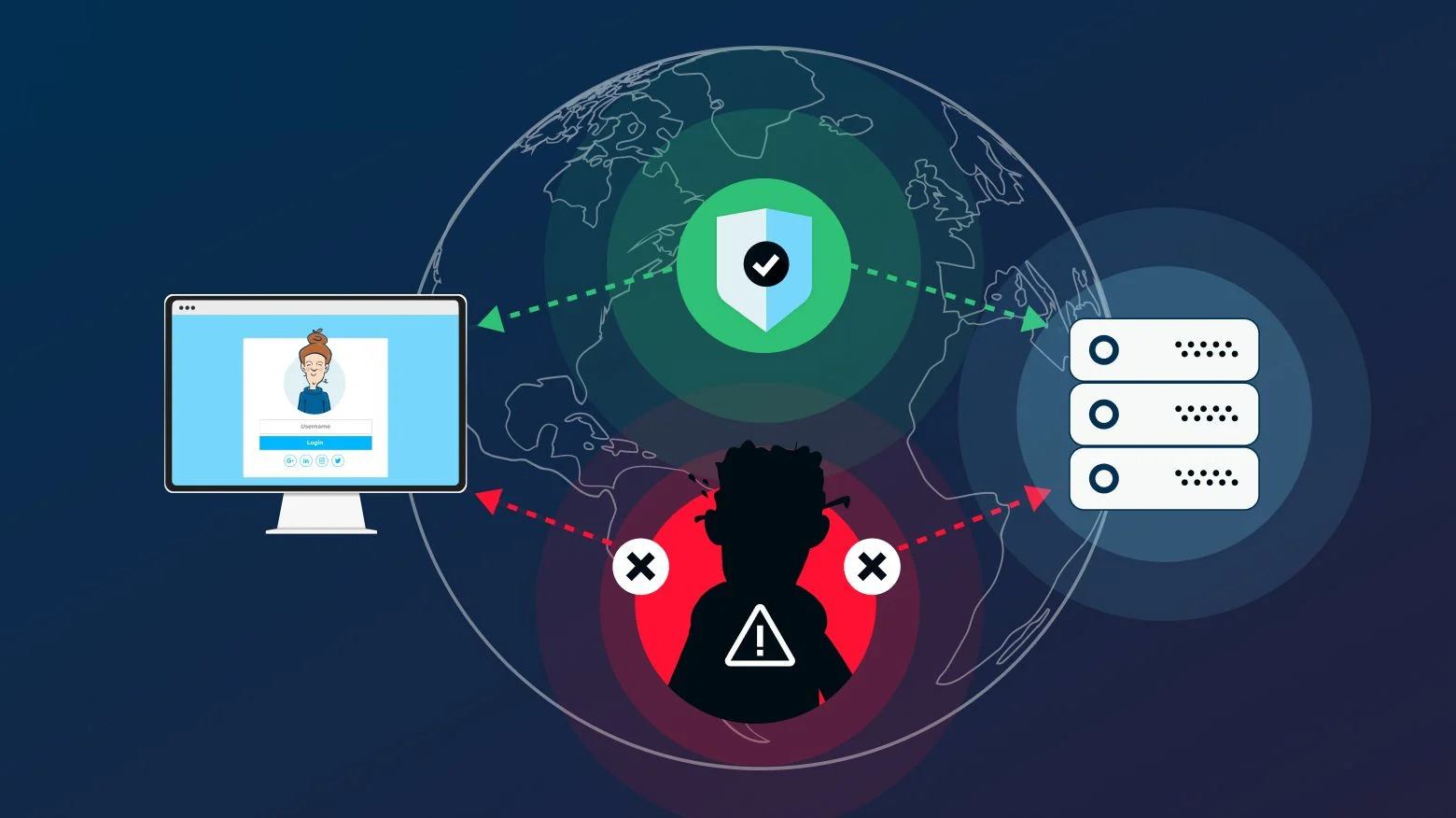
As the world becomes increasingly interconnected, web applications play a crucial role in our daily lives, facilitating communication, financial transactions, and more. However, this growing reliance on web applications also attracts cybercriminals who seek to exploit vulnerabilities in the communication channels. Man-in-the-Middle (MitM) attacks are among the most insidious threats, allowing attackers to eavesdrop on sensitive data, tamper with communications, and potentially steal valuable information. In this article, we will delve into MitM attacks on web applications, understanding their techniques, consequences, and essential measures to protect against them.
Understanding Man-in-the-Middle (MitM) Attacks
MitM attacks occur when an attacker secretly intercepts and relays communication between two parties, appearing as a legitimate intermediary. The attacker positions themselves between the client and the server, allowing them to intercept, modify, or steal data transmitted over the communication channel. In the context of web applications, MitM attacks exploit the inherent vulnerabilities in the underlying protocols, such as HTTP and HTTPS, to gain unauthorized access to sensitive information.
Techniques Used in MitM Attacks on Web Applications
a) SSL Stripping: In this attack, the attacker downgrades the secure HTTPS connection to an insecure HTTP connection, effectively stripping away the encryption. The user may unknowingly interact with a non-secure version of the website, allowing the attacker to intercept and manipulate data.
b) ARP Spoofing: Address Resolution Protocol (ARP) spoofing involves manipulating the ARP cache on a local network to associate the attacker's MAC address with the IP address of the legitimate server. This tricks devices into sending their data through the attacker, who can then intercept and alter the traffic.
c) Rogue Access Points: Attackers can set up rogue wireless access points with names similar to legitimate public Wi-Fi networks. Unsuspecting users may inadvertently connect to these malicious access points, allowing attackers to intercept their web traffic.
d) DNS Spoofing: DNS spoofing involves corrupting the Domain Name System (DNS) to redirect users to a fraudulent website. The attacker alters the DNS records, leading users to a malicious server instead of the legitimate one, enabling them to perform MitM attacks.
e) Session Hijacking: This attack involves stealing a user's session token or cookie to impersonate them on the web application. Once the attacker gains unauthorized access to the session, they can perform various actions on behalf of the user.
Consequences of MitM Attacks on Web Applications
MitM attacks can have severe consequences for web applications and their users:
a) Data Interception: Attackers can intercept sensitive information, such as login credentials, personal data, financial details, or confidential documents, compromising user privacy and security.
b) Data Tampering: Manipulating the data transmitted between the client and the server allows attackers to modify orders, transactions, or messages, leading to financial losses, reputational damage, or misinformation.
c) Identity Theft: With session hijacking or cookie theft, attackers can impersonate users, gain unauthorized access to their accounts, and carry out fraudulent activities on their behalf.
d) Reputation Damage: A successful MitM attack on a web application can severely impact the trust users place in the service, leading to loss of customers and a damaged reputation.
Mitigating MitM Attacks on Web Applications
a) HTTPS: Implement HTTPS with a valid SSL/TLS certificate to encrypt data transmitted between the client and the server. Ensure that HTTPS is enforced on all pages, preventing downgrade attacks.
b) Certificate Validation: Implement strong certificate validation to detect fake or invalid SSL certificates. Use Certificate Pinning to specify which certificate authorities are trusted.
c) HTTP Strict Transport Security (HSTS): Enable HSTS on the server to force the use of HTTPS, reducing the risk of SSL stripping attacks.
d) Public Key Pinning (PKP): Utilize PKP to ensure that the web application only accepts specific public keys, mitigating the risk of rogue certificates.
e) Two-Factor Authentication (2FA): Implement 2FA to add an extra layer of security, even if an attacker manages to intercept login credentials.
f) Regular Auditing: Perform regular security audits to identify and patch vulnerabilities, reducing the risk of potential MitM attacks.
Conclusion
MitM attacks on web applications represent a significant threat to user privacy, data integrity, and the overall security of online services. As the digital landscape continues to evolve, the importance of safeguarding web application communication cannot be overstated. By employing encryption technologies like HTTPS, implementing secure authentication mechanisms, and continuously monitoring for suspicious activity, web application developers and administrators can bolster their defenses against MitM attacks and provide users with a safer online experience. Vigilance and a proactive approach are essential in the ongoing battle against cyber threats.




